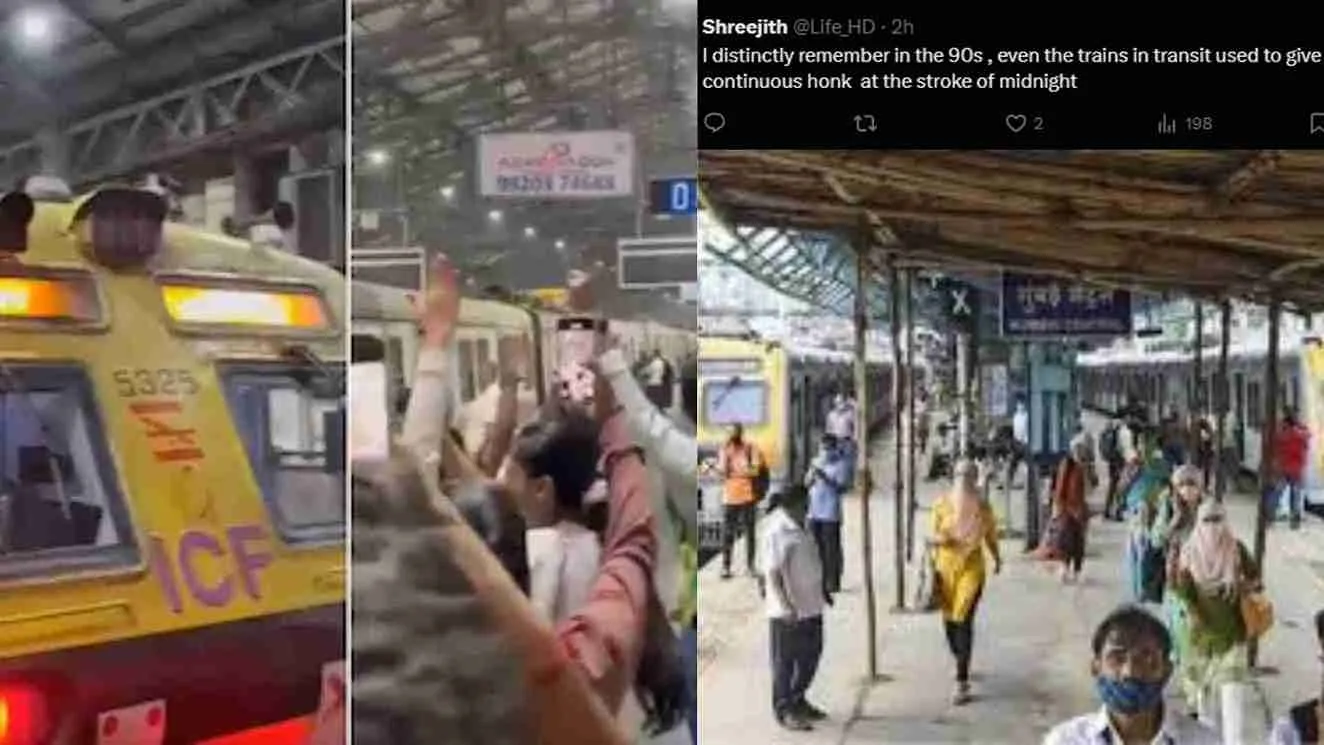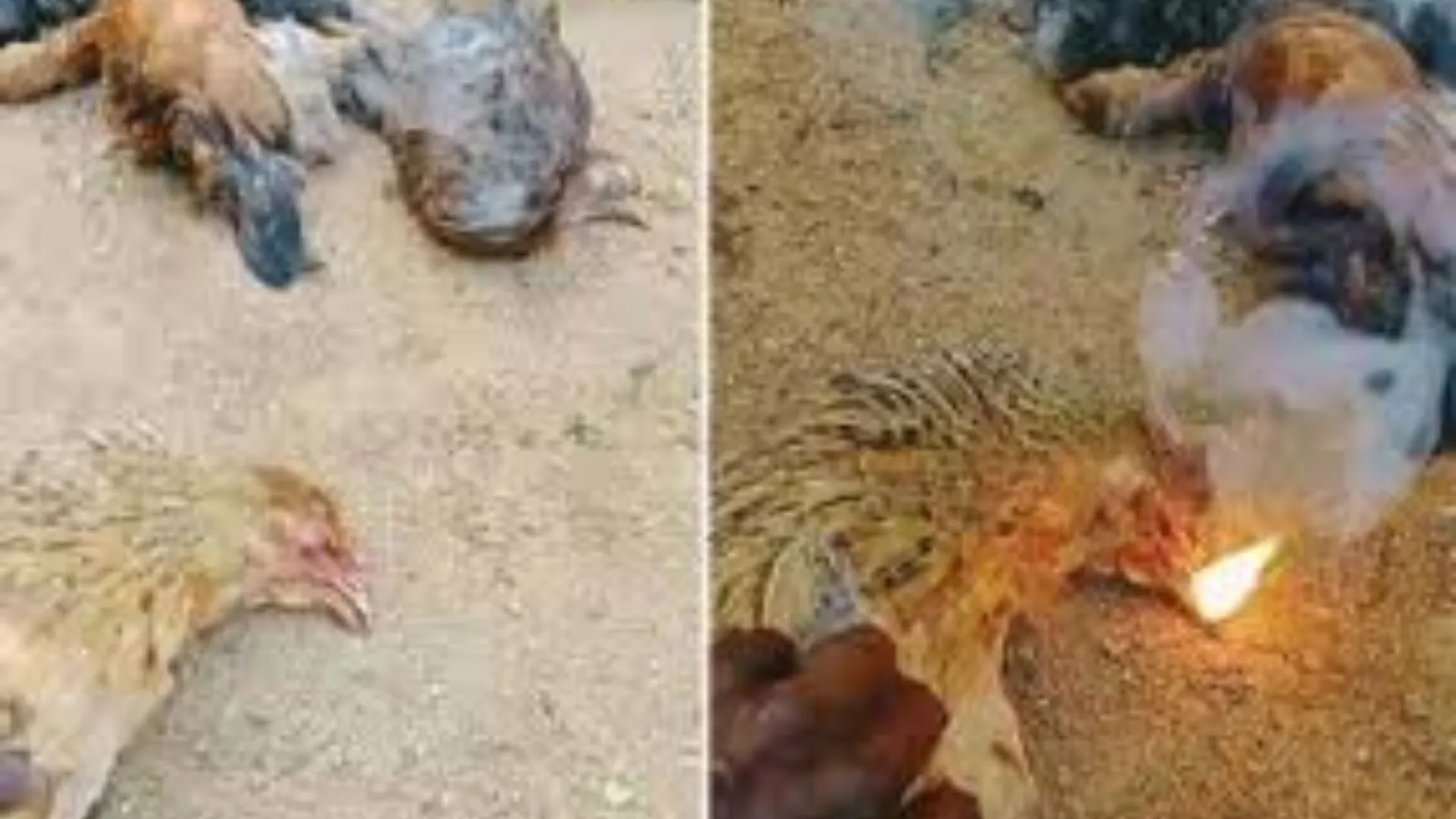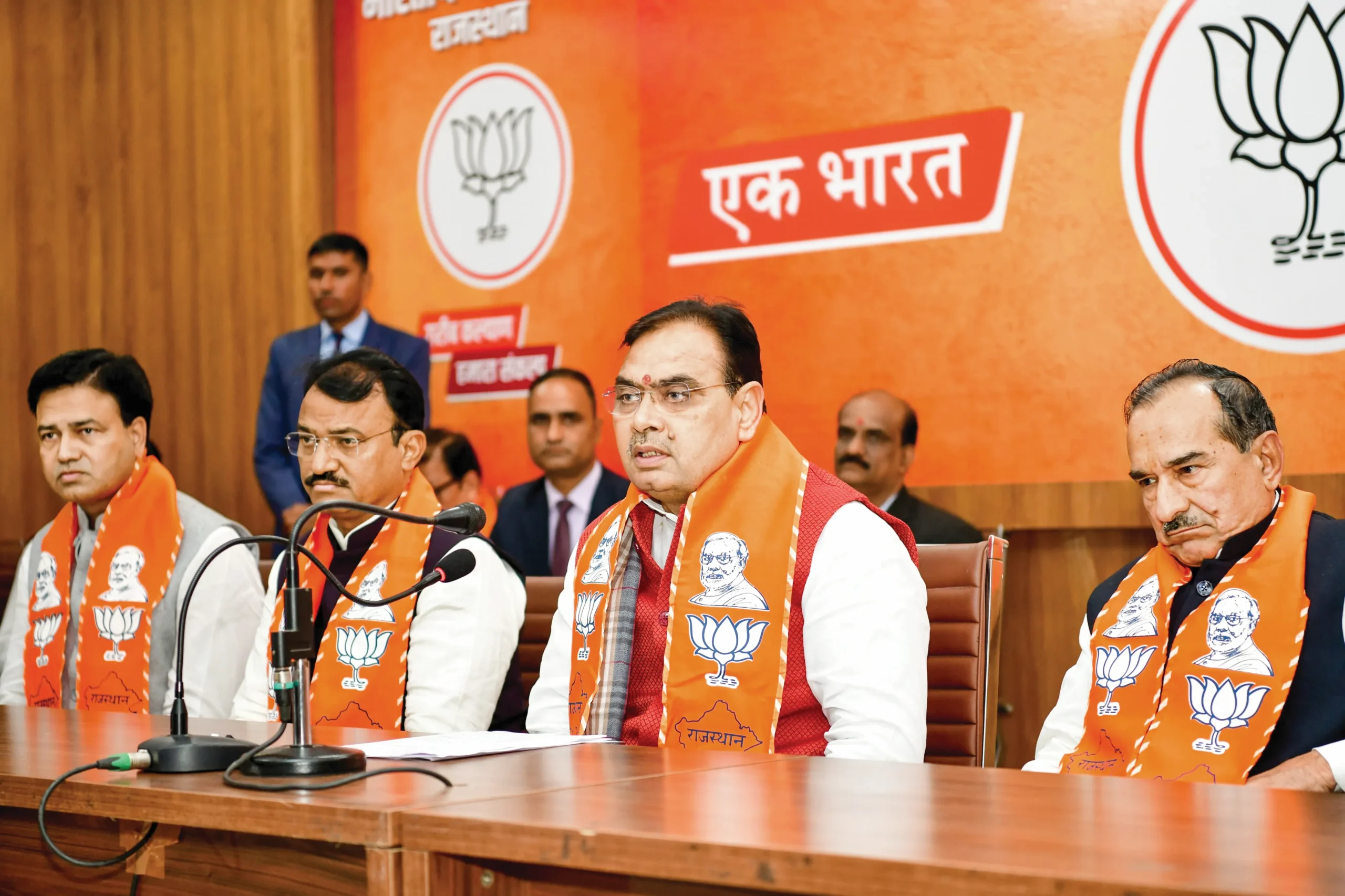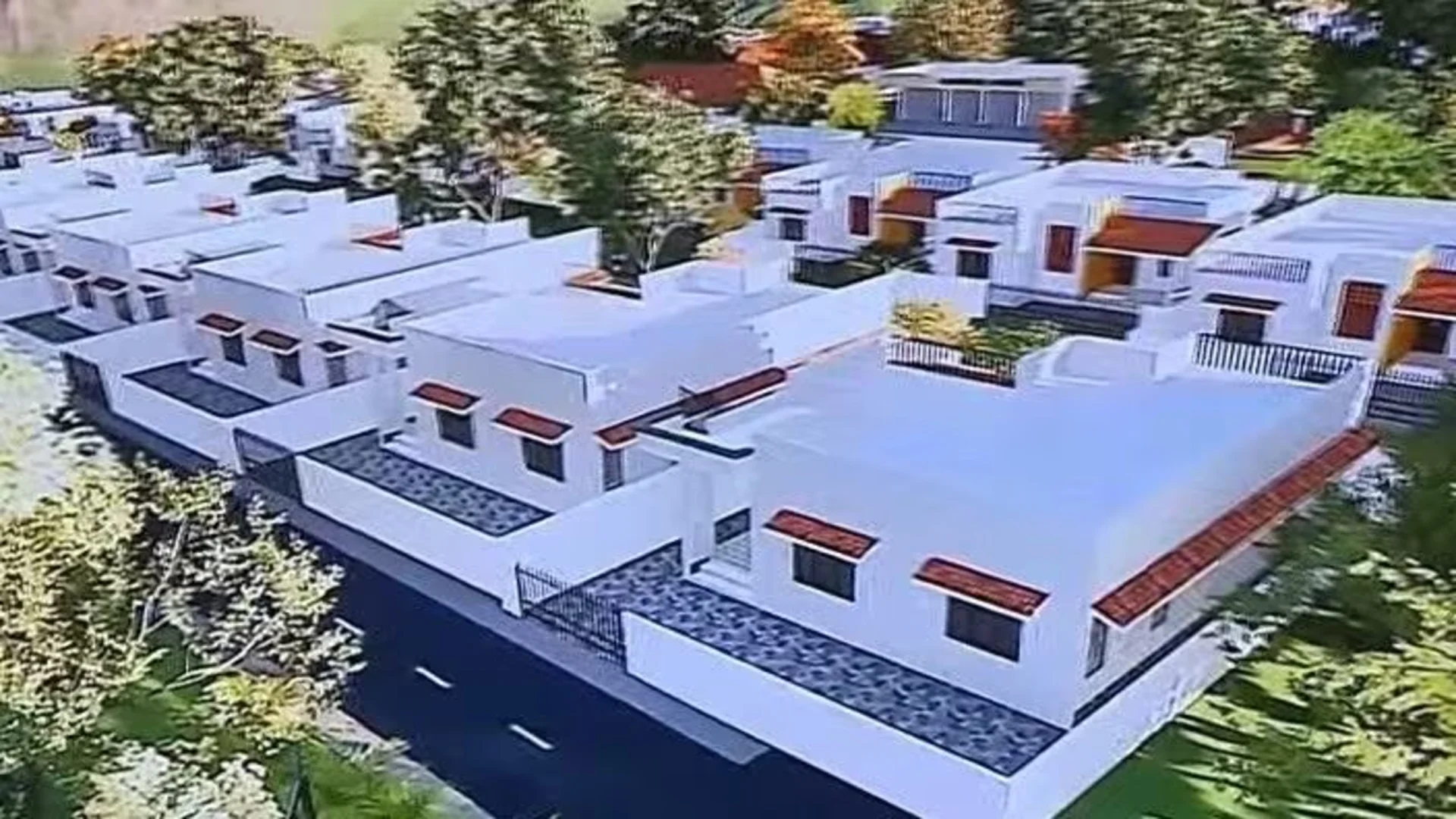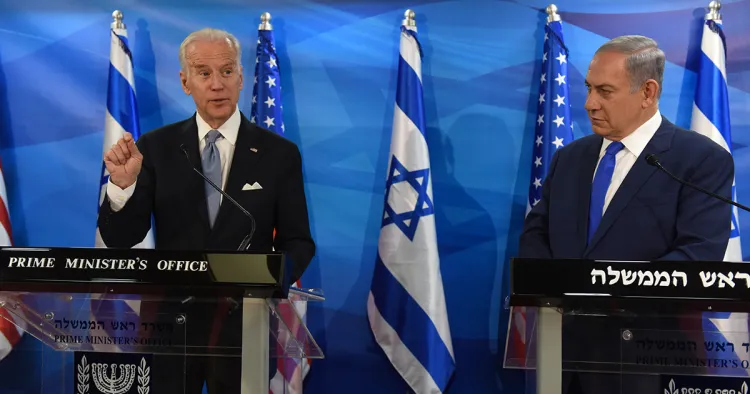For rapid development in the Left Wing Extremism (LWE) or Naxal-affected states, the Central government gave approval for the diversion of forest land for infrastructure-related projects in 14 categories in 2020-2021. The approval was granted by the Ministry of Environment, Forest and Climate Change mentioning the Ministry of Home Affairs’ recently published annual report 2020-2021.
“Ministry of Environment, Forest and Climate Change has given general approval for diversion of forest land for infrastructure-related projects in 14 categories relating to schools, dispensaries, hospitals, electrical and telecommunication lines, drinking water projects, water and rain harvesting structures, minor irrigation canals, non-conventional sources of energy, skill upgradation and vocational training centre as well as rural roads,” the report said.
The general approval was earlier for diversion of up to five hectares of forest land, which has been increased to 40 hectares for LWE areas, with validity up to December 31, 2020, in terms of section 2 of the Forest (Conservation) Act, 1980.
The report also said that the Government of India has also been implementing Road Requirement Plan (RRP-I) since February 26, 2009, for improving road connectivity in 34 LWE affected districts of eight states namely, Andhra Pradesh (now Andhra Pradesh and Telangana), Bihar, Chhattisgarh, Jharkhand, Madhya Pradesh, Maharashtra, Odisha and Uttar Pradesh.
It said the scheme envisages the construction of 5,362 km of roads and eight critical bridges at the estimated cost of Rs 78,673 crore. Up to March 31, 2021, the report also said a total of 4,981 km of roads and six critical bridges have been completed.
The Government approved a Centrally Sponsored Scheme namely “Road Connectivity Project for LWE affected areas” on December 28, 2016, to improve the rural road connectivity in the
most LWE affected districts, said the report, adding “the Ministry of Rural Development (MoRD) is the sponsoring and implementing Ministry of the project”.
“The scheme envisaged construction or upgradation of 5,412 km road and 126 bridges and Cross Drainage works at an estimated cost of Rs 11,725 crore in 44 LWE affected districts,” stated the report. Sanction of 9,268 km has already been conveyed to the states, said the report. “Of these, 3,505 km of road has been completed,” it said. In order to address telecom connectivity issues in LWE areas, it says a scheme for the installation of Mobile Towers is being implemented by the Department of Telecommunications, Ministry of Communications. The report further said, “A total of 2,335 mobile towers have been operationalized in Phase-I of the scheme and installation of 4,072 mobile towers has been approved in Phase-II of the Project. Of these, 2,542 towers are under tender process.” To protect the rights of Scheduled Tribes (STs) and Other Traditional Forest Dwellers, title deeds are given to the people under the Forest Rights Act, mentions the report.
Till now, 16,22,128 title deeds have been distributed to individuals and communities in 10 LWE affected states, namely, Andhra Pradesh, Bihar, Chhattisgarh, Jharkhand, Madhya Pradesh, Maharashtra, Odisha, Telangana, Uttar Pradesh and West Bengal.


